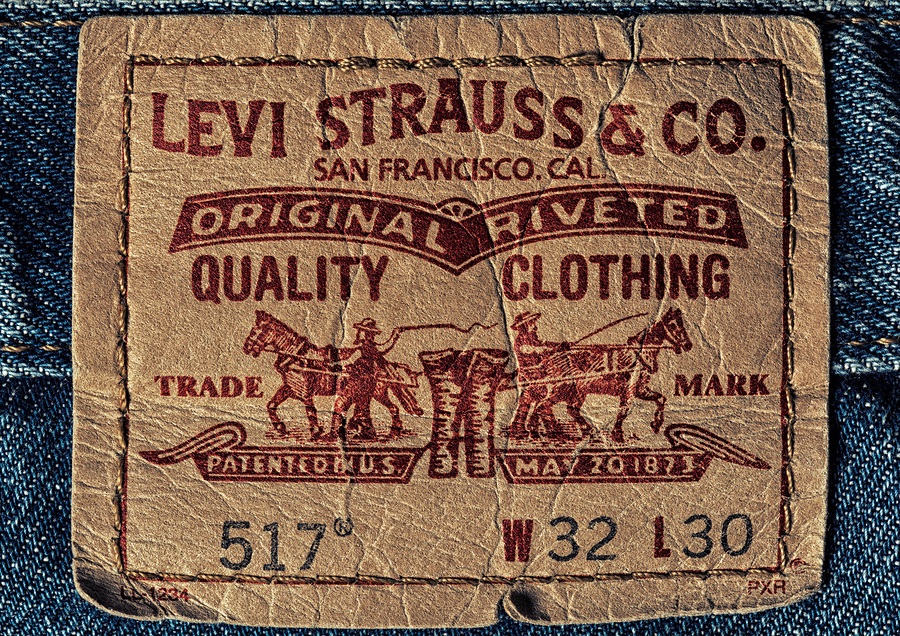The world’s oldest jeans brand has pledged to make all its line from 100 per cent recycled cotton by 2025.
In a plan to close the loop on its supply chain the $4.5 billion firm will use less cotton from fields to make its 501s, relying instead on old clothes from people’s closets.
The challenge in the pledge lies in the technology that would turn worn cotton into a quality fabric that would resemble denim.
Michael Kobori, Vice President of Sustainability at Levi’s, told Eco-Business that “anything is possible.”
The clothing company is working with the technology sector to find a solution and announced a venture with Seattle-based tech firm Evrnu to produce the first jeans from regenerated post-consumer cotton waste.
Currently 21 per cent of cotton sourced by Levi’s is recycled. At present recycling the material requires stripping machines that degrade the quality of the material so that only a portion can be used on new clothes.
A prototype has since been made from five discarded cotton t shirts and was manufactured using 98 per cent less water than virgin cotton products.
In the United States the industry creates 13.1 million tonnes of textile waste a year, with 11 million tonnes of that heading to landfill sites.
The company currently gives customers a 15 per cent discount on a new Levi’s product if they donate any old clothes to stores to be recycled.
Speaking about sustainability, Kobori said, “we’re trying to learn what works best for the consumer, and what our competitors are doing, and that, “we want to encourage consumers to recycle, but we also want to bring in a programme that is unique and differentiates us.”
Levi’s is also working to help improve the wellbeing of its factory workers through its Worker Well-Being programme that began in 2011, offering better healthcare and financial support for 100,000 workers behind 60 per cent of the company’s production volume.
